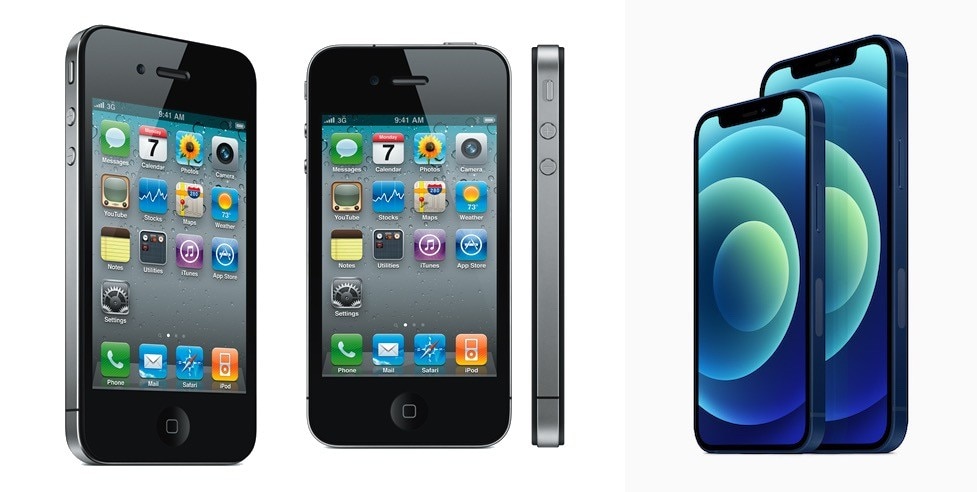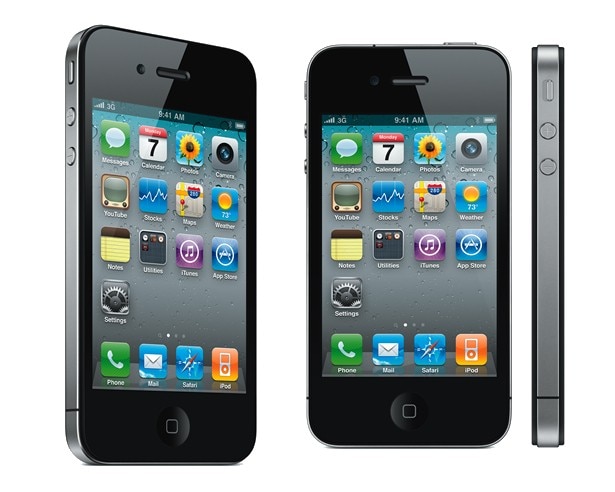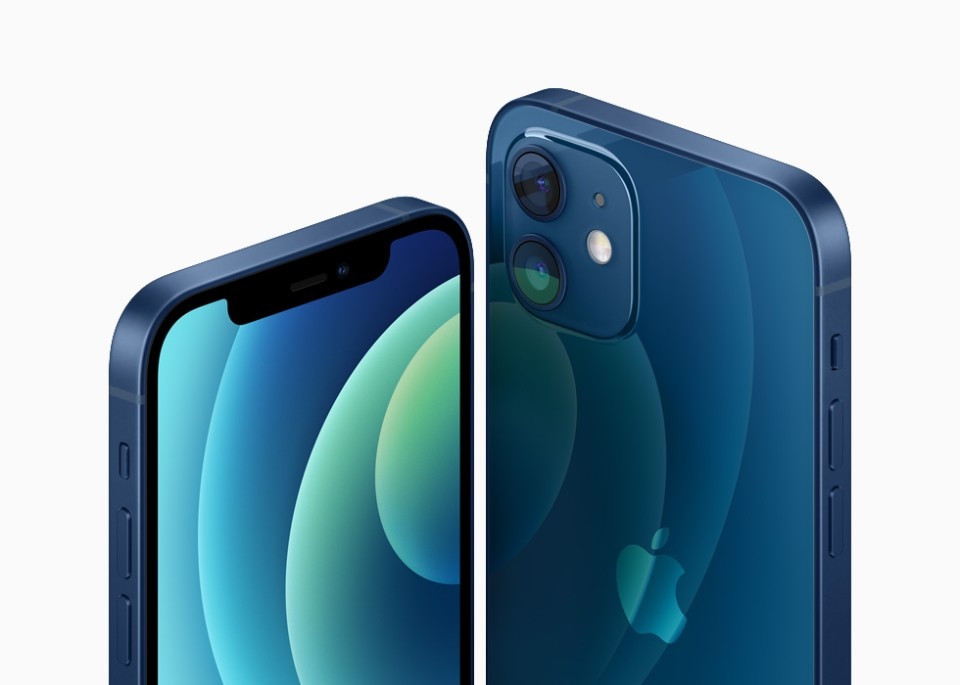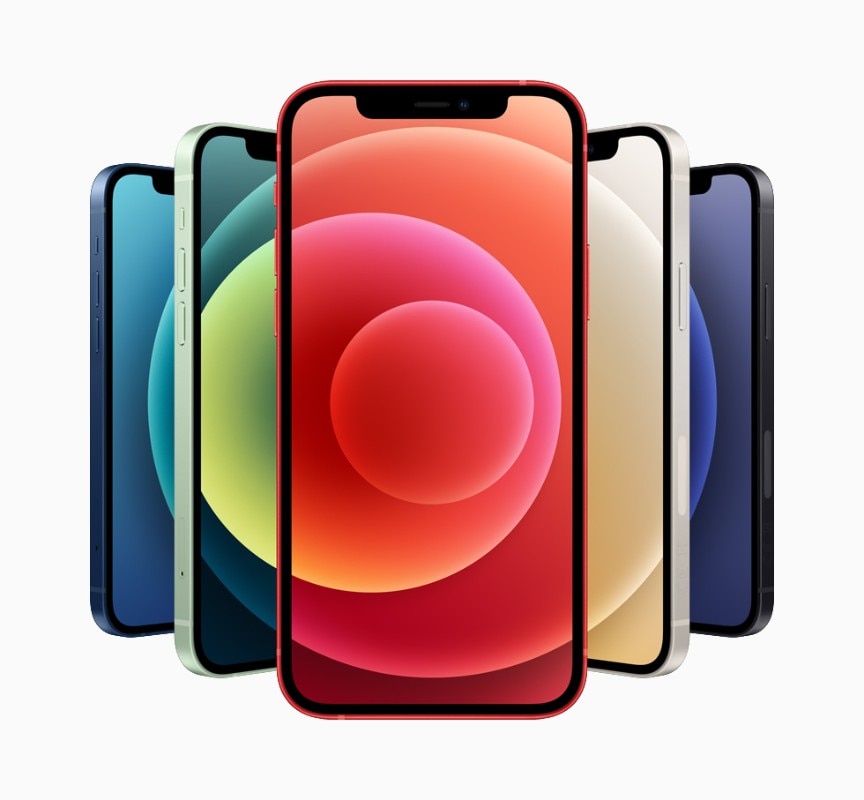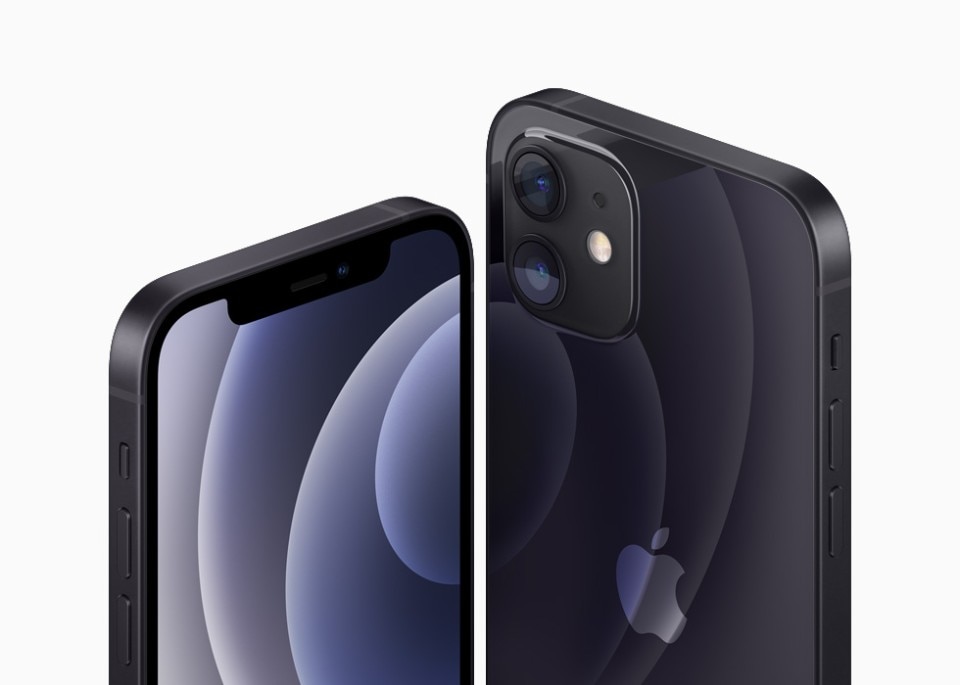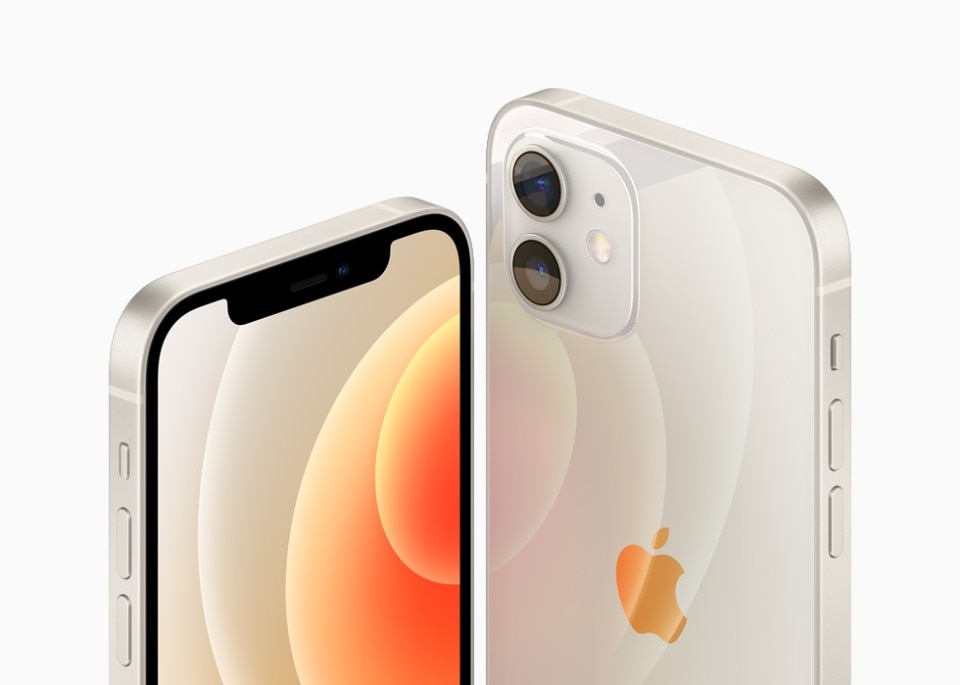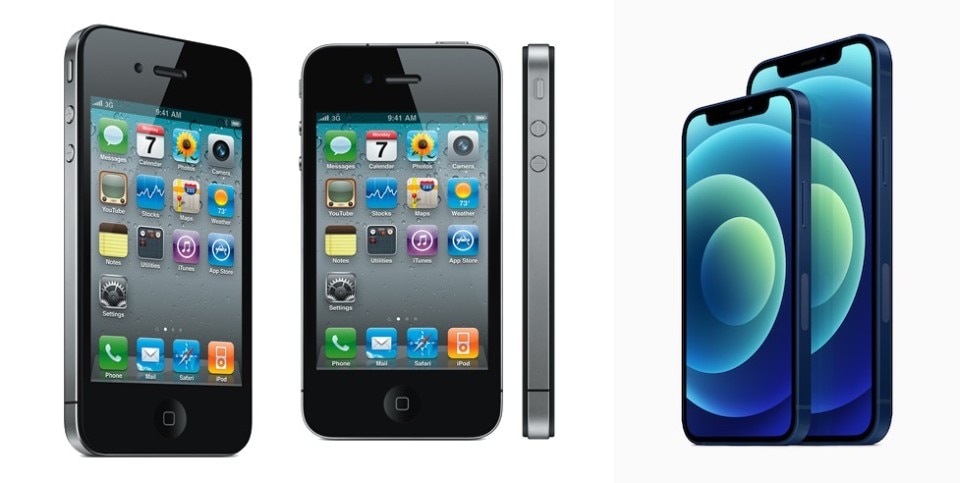The four iPhone 12 models introduced yesterday by Apple have all departed from the rounded aesthetics that dominated the iPhone lineup since the launch of the iPhone 6, back in 2015. It’s a bold choice that reflects the beginning of a new design era, although with a strong connection to one of Apple’s most beloved iPhone designs— the iPhone 4.
This year Apple has even released a smaller 5,4” iPhone 12 mini, which is the closest heir of the iPhone 4’s boxy and compact shape. If you were to put them side to side, you would notice both the design similarities and the impressive differences 10 years made in the smartphone industry in terms of materials, quality of details, screen size and thickness, and display image quality.
Apple has widely tested the effectiveness of a boxier, sharper design, starting with its iPad Pro line redesign in 2018. It was so effective and well-received that it ended up influencing the design of the company’s crown jewels. It’s a visible testament to how Apple design processes have changed since Chief Design Officer Jony Ive stepped aside. I seriously doubt Jony Ive, with its future-oriented conceptual research of seamless, rounded perfection, would have approved of a new design that draws an unmistakable parallel with a glorious product from the past.
Another element that might have convinced Apple to wipe the dust off its old iPhone 4 blueprints to gain some inspiration might be the need to build this new iPhone around antennas. In a first for the industry, the iPhone 4 used the outer metal frame as a complex 3G antenna system. This led to a loss of signal when a user would hold the device in their hand in a specific way. Hence the infamous “you’re holding it wrong” answer Steve Jobs emailed to a user, leading to a marketing crisis known as Antenna Gate.
Now Apple is trying something similar to bring to market its first 5G device. The goal is to avoid the most common design pitfalls of 5G smartphones, which, with some notable exception from OnePlus and Oppo, tend to be bulkier (due to larger batteries) and weigh more. I’m confident that Apple’s engineering teams had studied a way to avoid Antenna Gate this time around, though, learning from past mistakes.
The last parallel that we could draw between the iPhone 4 and the iPhone 12 is the lack of surprise for the new design. The iPhone 4 was leaked due to an Apple engineer drunkenly losing a prototype at a biergarten in California. In contrast, the iPhone 12 leaks were the usual product of a parallel industry of professional Twitter leakers. Yet, the iPhone 4 went on to be one of Apple’s most successful redesigns in history. I’m confident the iPhone 12, especially the mini, will be rewarded by a similar fate, now that the smartphone industry is mature and old enough to accept enhanced design revivals as a proper way forward for a product design lineup.


